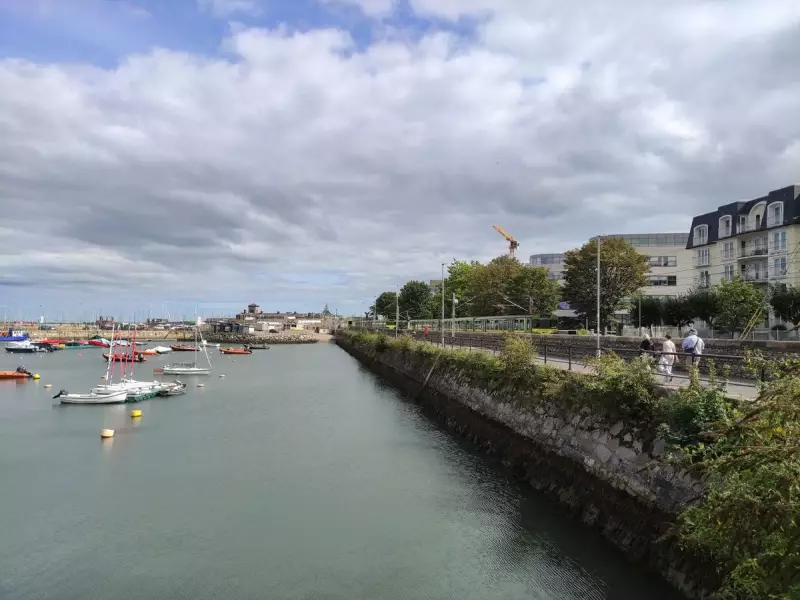
Forget the hassle of city traffic. The Dublin Area Rapid Transit, or DART, isn't just a commuter's best friend; it's a scenic railway that unlocks some of Ireland's most charming coastal villages and suburbs. Offering a convenient and affordable way to explore, the DART line strings together a collection of destinations rich in history, natural beauty, and local culture, all within easy reach of the capital.
Northern Coastal Charms: Malahide and Howth
Heading north from Dublin's city centre, the DART delivers you to picturesque locales steeped in history and natural splendour. A mere half-hour ride brings you to Malahide, a former fishing village that now boasts a vibrant selection of pubs and restaurants. The crown jewel here is the 800-year-old Malahide Castle, a reportedly haunted medieval structure set within 105 hectares of parkland.
The estate isn't just about history; it's a lively hub featuring walking trails, botanical gardens, and Ireland's only butterfly house. It even hosts international cricket matches and major summer concerts, with acts like Iron Young and Charli XCX gracing the grounds in 2025.
Further east, the DART winds its way to the Howth Peninsula. This fishing town is a paradise for seafood lovers and outdoor enthusiasts alike. Its harbour is dotted with boats, and the pier-side fishmongers and chippers provide an authentic nautical atmosphere.
Howth is a major draw for hikers, with a variety of marked trails scaling Howth Head. Reaching 171 metres, the headland offers walkers breathtaking views over Dublin Bay, especially when the heather and gorse bloom vibrantly in August and September.
Southern Literary and Seaside Escapes
South of the city, the DART connects with suburbs that have inspired poets and novelists. Sandymount is perfect for a gentle, bayside stroll rather than a strenuous hike. This enclave has strong literary ties; James Joyce once lived here and set parts of his masterpiece, Ulysses, on Sandymount Strand.
The area was also the birthplace of the renowned poet W.B. Yeats in 1865. Today, visitors can see his bust at Sandymount Green, a lovely space surrounded by inviting bars and eateries.
The next major stop south is Dun Laoghaire, famous for its massive harbour, which was completed in 1859 after forty years of construction. You can walk the extensive stone piers, visit the maritime museum, or enjoy water activities like swimming and kayaking.
A short walk leads to the neighbouring Sandycove, home to a small sandy beach and the famous Forty Foot, a year-round bathing spot featured in the TV series Bad Sisters. Above the cove, a Martello Tower now houses a museum dedicated to James Joyce.
An Affluent Village with Star Power
Just two stops south of Sandycove lies Dalkey, an affluent suburb that also features in Joyce's Ulysses and celebrates the annual Bloomsday festival. Dalkey has a bookish yet chic atmosphere, with boutique shops and popular pubs like The Queens and The Dalkey Duck.
The town is dominated by Dalkey Castle, a fortified 14th-century townhouse that now serves as a heritage centre with live historical presentations. For the best views, hike up the hill to Killiney Hill Park, where you can see Dublin, the Irish Sea, and the Wicklow Mountains.
This area is famously home to celebrities, with past and present residents including U2's Bono and The Edge, Enya, and Van Morrison. After exploring, you can catch the DART back to the city from Killiney, just a half-hour ride away.
A single DART fare costs approximately $4.50, but visitors staying longer may find value in a TFI Leap card for discounted travel. This rail network truly is the most scenic way to experience the diverse character of Dublin's coastline.





